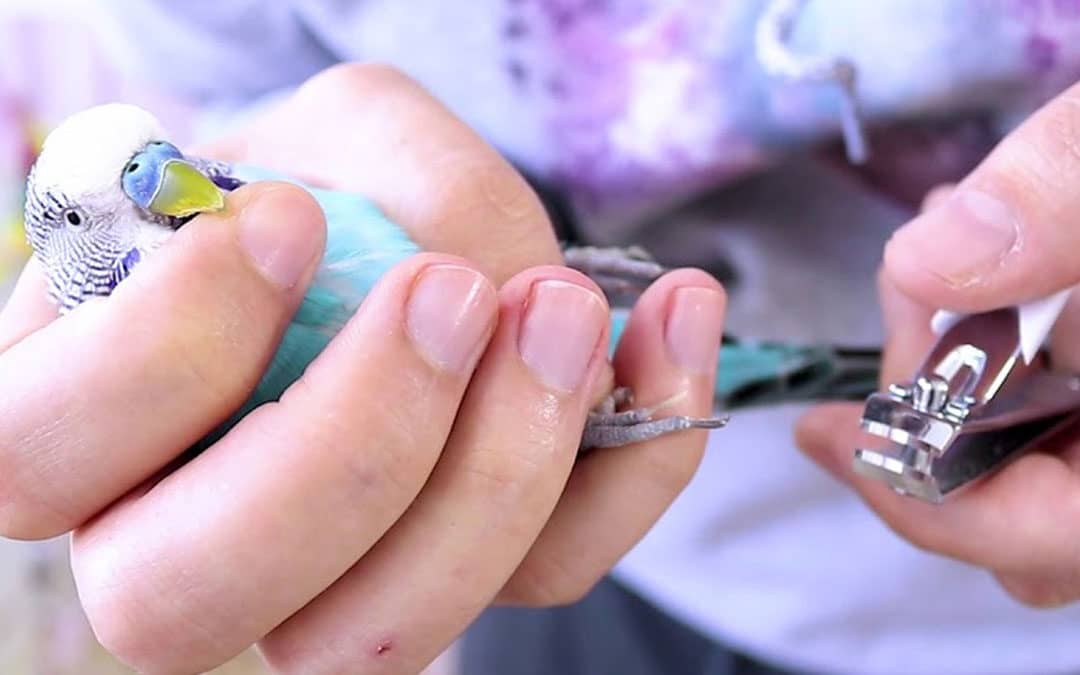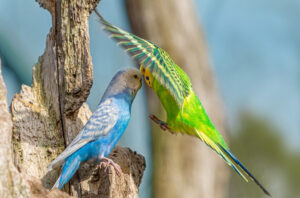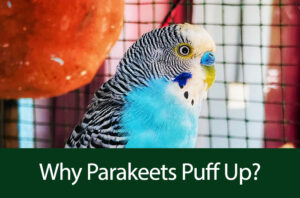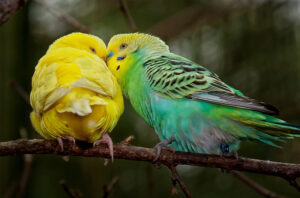Like all birds, your budgie’s nails can grow quite long and sharp if left unclipped. This can lead to discomfort for the bird, as well as potential injury to the owner or other household pets.
Fortunately, clipping a budgie’s nails is a relatively simple process that can be done at home with the right tools and techniques.
Tools Needed
The first step in clipping your budgie’s nails is to gather the necessary tools. You will need a pair of sharp, small scissors or clippers specifically designed for birds. Avoid using human nail clippers, as they may be too large and can cause pain or injury to your bird.
Additionally, you will want to have some styptic powder on hand in case of bleeding, as well as a towel or cloth to wrap your bird in if needed.
Preparing Your Budgie
Before you begin clipping your budgie’s nails, it’s important to prepare the bird for the process. This can include getting your budgie used to being handled and touched on its feet, as well as providing it with a comfortable and secure place to perch during the clipping. It’s also a good idea to have someone else help you hold your bird in place, as this can make the process much easier and safer for both you and your bird.
Clipping the Nails
Once your bird is prepared and your tools are ready, you can begin clipping the nails. Start by gently grasping one of your budgie’s feet and carefully examining the nails. Locate the quick, which is the pinkish area of the nail that contains blood vessels. You’ll want to avoid cutting this area, as it can be quite sensitive and may bleed if cut. Instead, aim to clip just the tip of the nail, keeping the clipper or scissors as close to the quick as possible.
Repeat this process with the other nails on that foot and then move on to the next foot. Be sure to take your time and work gently, as rushing the process can increase the risk of injury or bleeding. It’s also a good idea to take frequent breaks to let your budgie rest and adjust to the process.
Dealing with Bleeding
Even with the best care, it’s still possible for your budgie’s nails to bleed when clipped. If this occurs, the first step is to remain calm and try to stop the bleeding as quickly as possible. Applying some styptic powder to the affected area can help to stop the bleeding, but it’s important to avoid getting it into your bird’s eyes or nose. If the bleeding persists or is heavy, it’s best to seek the advice of a veterinarian.
After Care
After you’ve finished clipping your budgie’s nails, it’s important to provide the bird with some extra care and attention. This can include providing a comfortable and secure place for the bird to rest, as well as giving it some extra treats and playtime. Additionally, you’ll want to keep an eye on your bird for any signs of pain or discomfort, and seek the advice of a veterinarian if you notice anything out of the ordinary.
It’s also a good idea to keep a regular schedule for clipping your budgie’s nails, as this can help to prevent them from growing too long in the first place. This can be done every 4-6 weeks, or as needed depending on the rate of growth of the nails.
Overall, clipping your budgie’s nails is a relatively simple process that can be done at home with the right tools and techniques. With a little patience and care, you can keep your budgie’s nails trimmed and healthy, and help to prevent any discomfort or injury. Remember to be gentle, take your time, and use the appropriate tools, and you’ll be able to keep your budgie’s nails in great shape.
Conclusion
In summary, regular nail clipping is important for the budgies, as it will prevent discomfort and injury. To clip their nails, you need to gather a pair of sharp bird specific scissors or clippers, styptic powder, and a towel or cloth, prepare your bird by getting them used to handling, and hold them securely during the clipping process.
Be sure to avoid cutting the quick and take breaks in between. In case of bleeding, use styptic powder and seek veterinarian’s advice if the bleeding persists or is heavy. Finally, after the clipping, provide extra care and attention to the bird, keep an eye on their behavior, and schedule regular nail clipping sessions




